Quick! Close your eyes, and picture a long wooden board hitting the ground on one end, and then falling all the way flat. What sound does it make?
Gdansk.
Little did you know this comic book sound effect is also a gorgeous Polish city with pedestrian thoroughfares and spiky towers that could impale you. What more could you possibly want?
Well, awesome vodka, but it’s got that too. It’s Poland, after all.
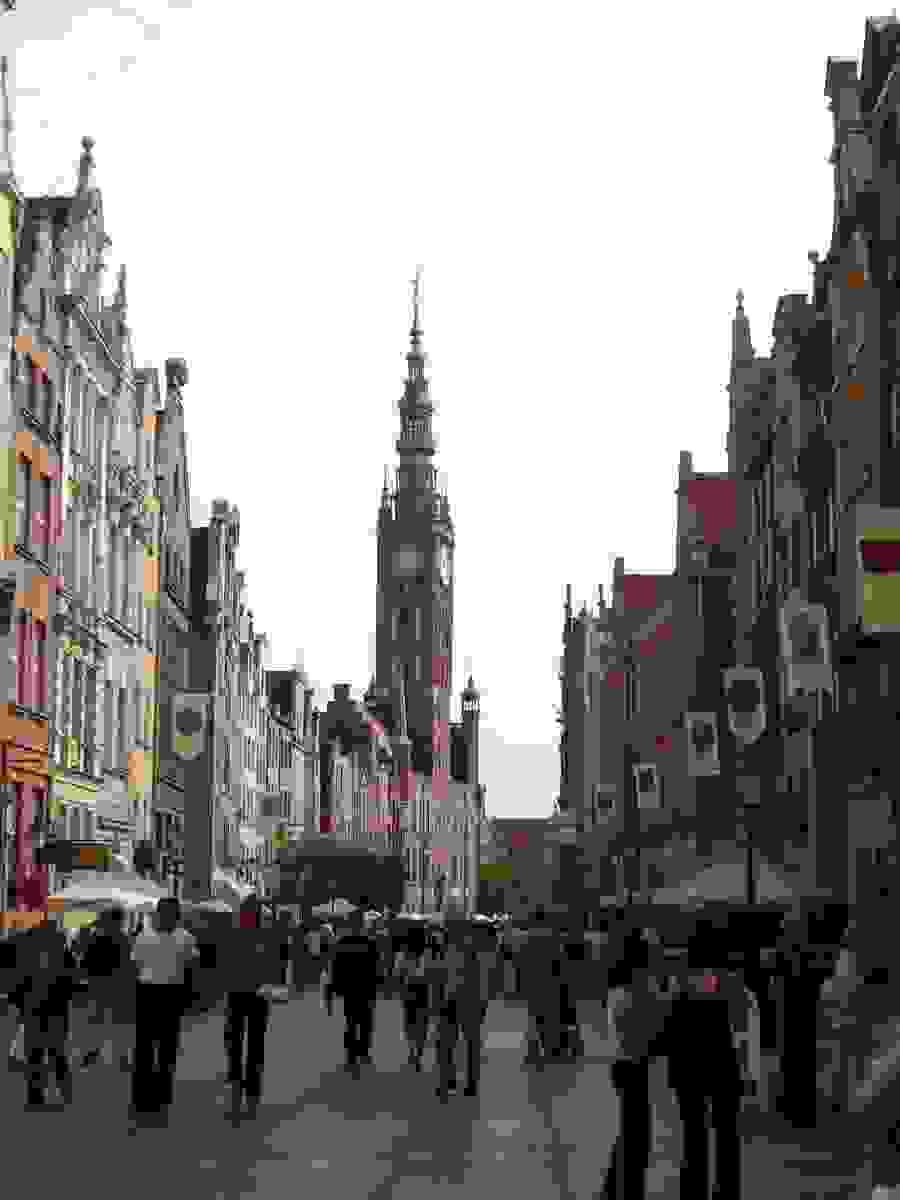
But it almost wasn’t. This place used to be Danzig, and has been alternating between German and Polish rule for centuries, along with lengthy stints of city-state independence, Singapore-style. Things could have turned out a whole lot differently. Which, really, is true of Poland itself. This is a country that ceased to exist several times over, and just look at it now:
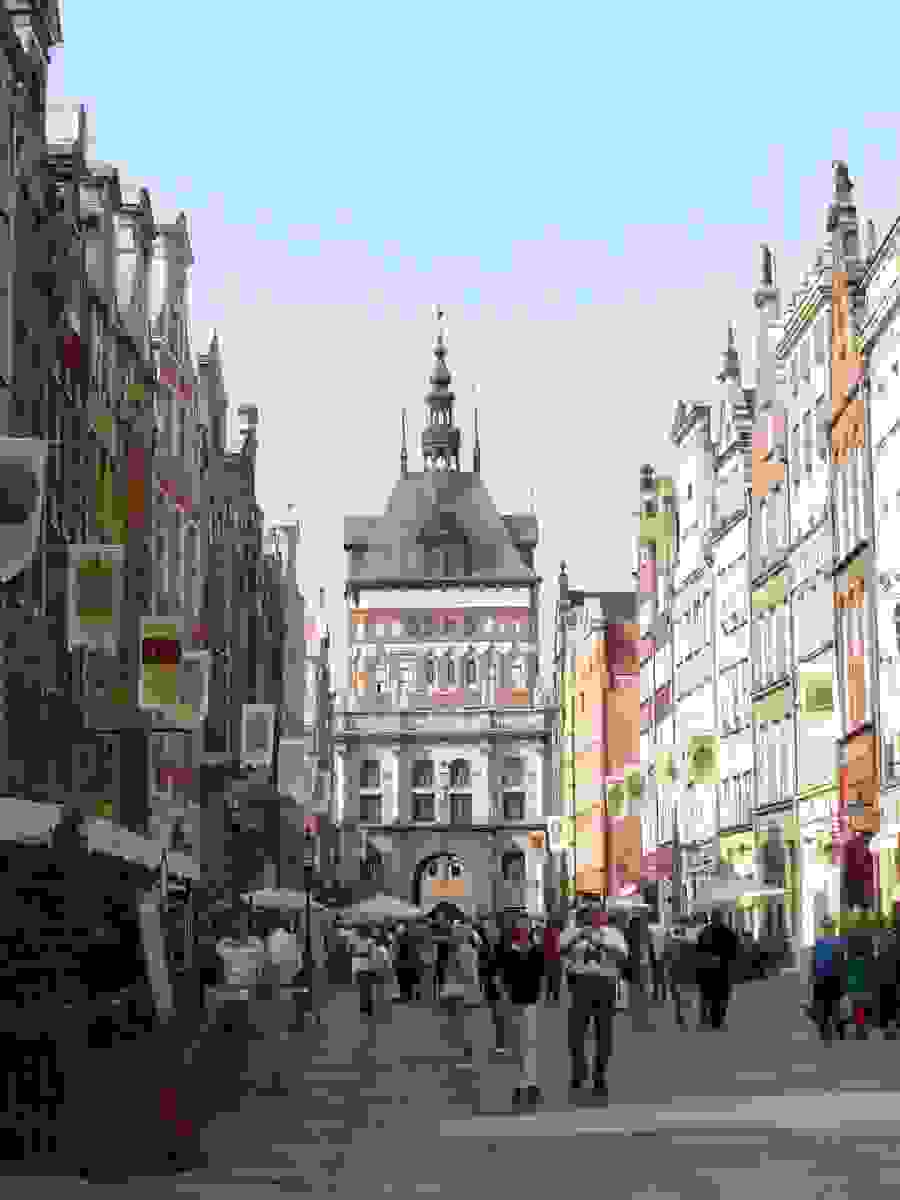
World War II was the last handoff, when the city was massively damaged, and the remaining Germans were kicked out. Poles repopulated the city, and had to rebuild huge sections, including the “old” town, largely from scratch. So nowadays, the city is thoroughly Polish, despite the remnants of its German heritage.
But, as far as we know, it began as a Polish city, over a thousand years ago. And since then, it’s been Polish far more often than anything else, so a millennia later, ownership of the city has come full circle, where it’s back in the cultural hands of its founders.
And yet…Neptune?
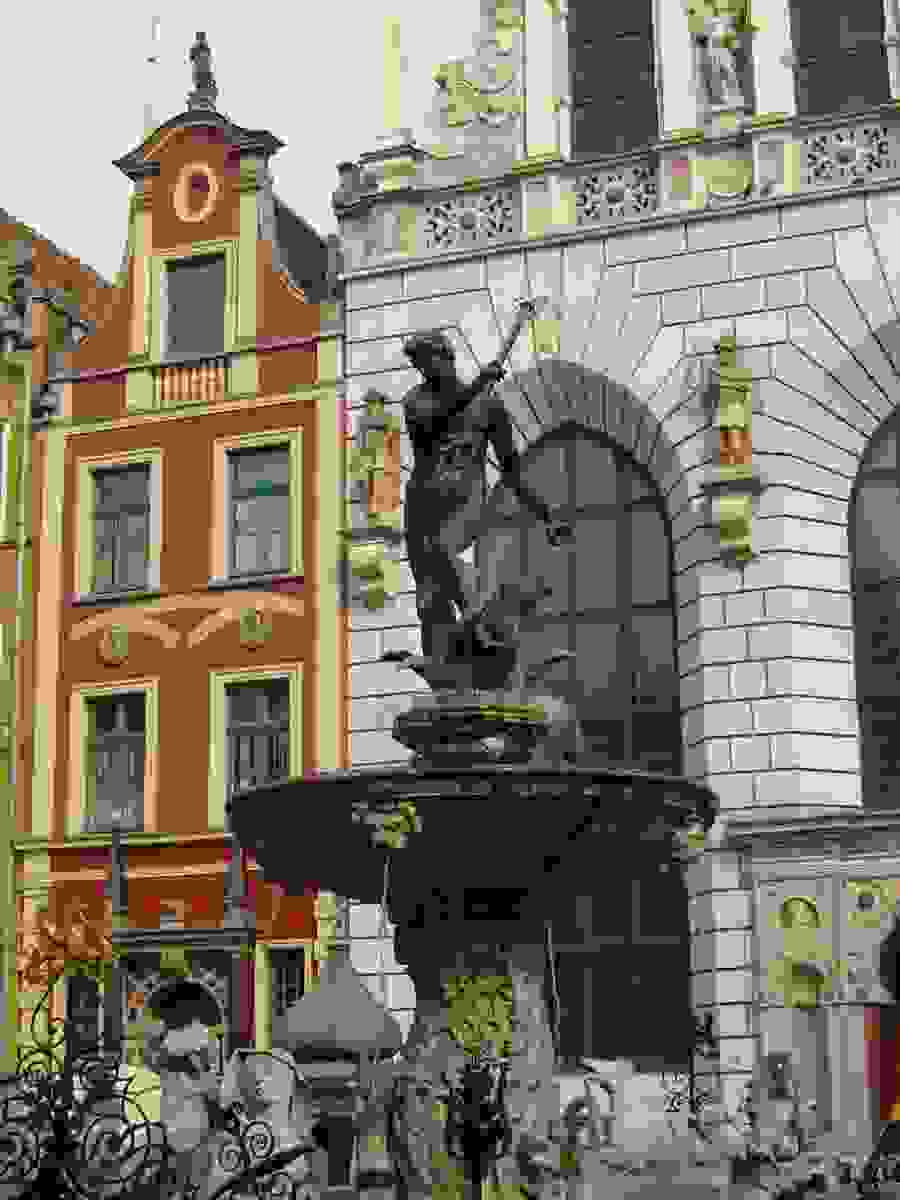
Yes, Neptune. For some reason.
Well, it actually makes a whole lot of sense. Gdansk is right on the sea, and has long been a major shipping port for whichever regional power was ruling over Gdansk at the time. What better way to represent its connection to the sea than a Roman sea god?
(Hint: Godzilla.)
Gdansk’s shipyard is also famous for the birthplace of the Solidarity movement, which emerged in 1980 and eventually broke the communist grip on Poland, leading the way for all of Eastern Europe to emerge from behind the Iron Curtain. Perhaps it was the independent streak that had long been a characteristic of Gdansk; perhaps it was the work ethic of the shipyard crews that simply wouldn’t give up; but either way, it all started right here.
As for the city itself, it’s another of Poland’s many lovingly recreated old towns, rebuilt from the ashes of World War II with all the old-world charm its inhabitants fondly recalled. Its town center is beautiful, filled with spiky towers, and free of cars. It’s definitely one of the nicest places to go, and draws quite a few visitors to its easily walkable old/new town center.
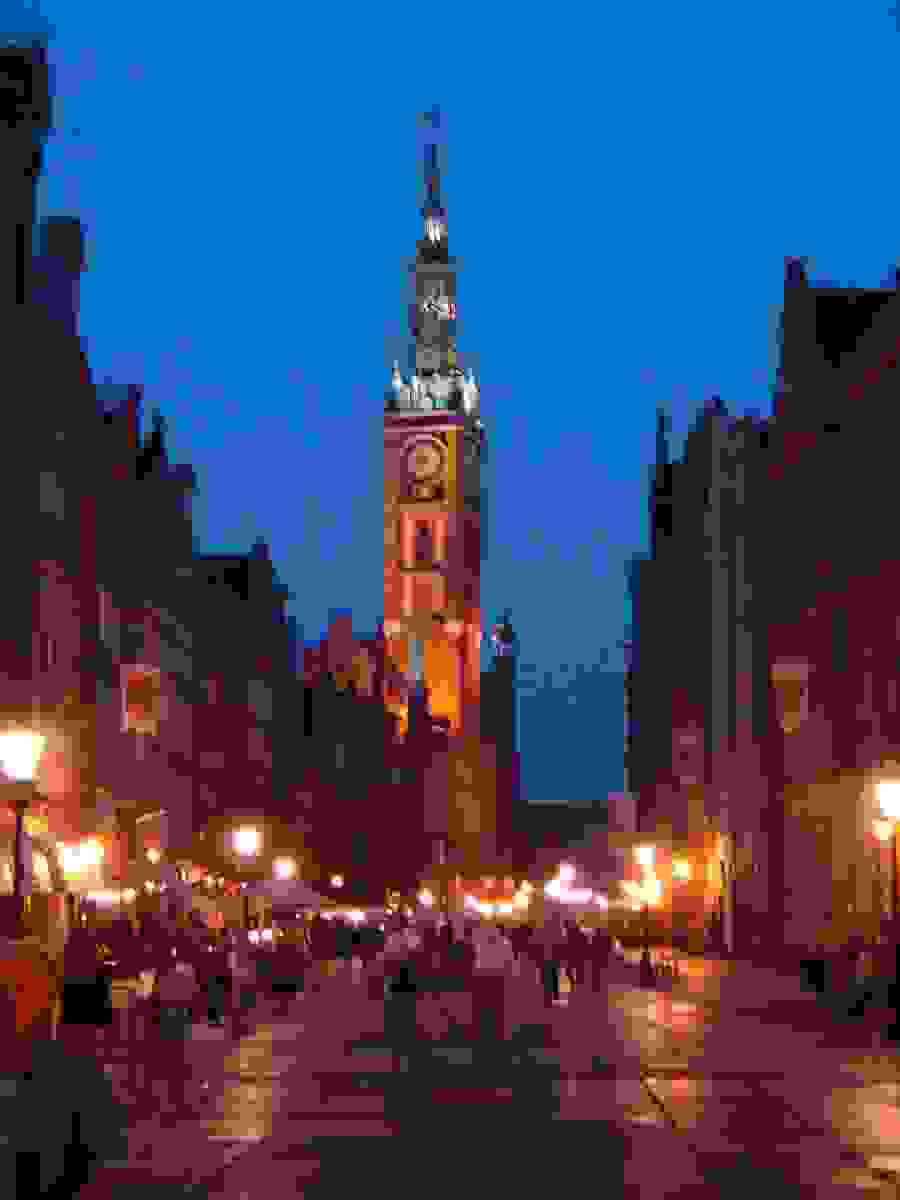
Gdansk is also a great jumping off point for Malbork, the world’s biggest brick castle, which is definitely a fun place to explore, particularly if you find yourself up north, and if you have any love for castles at all. Which I do.
I guess I don’t have too much left to say about Gdansk. It should definitely be your #3 city to visit in Poland after Krakow and Warsaw, or maybe even #2 after Krakow. It’s a big city, but the old town is small and easily explorable in a day, and there’s even a beach nearby if you’re too lazy to move on.
It’s one of Poland’s architectural success stories, like a vodka-infused phoenix rising from the ashes. So make sure to stop by.

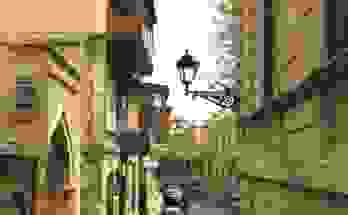
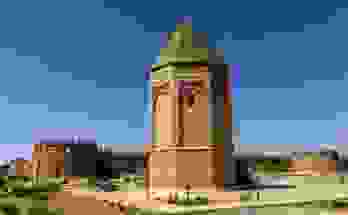
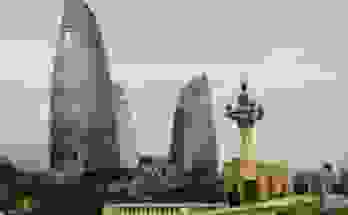
Gdansk actually looks quite interesting! Notwithstanding it’s Poland’s #3 city to visit :-). Learned something about the city. Good writing – enjoyed the post…